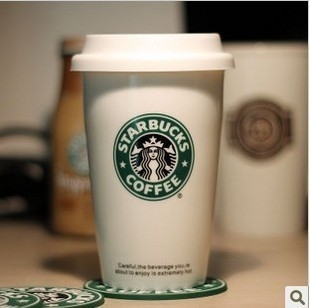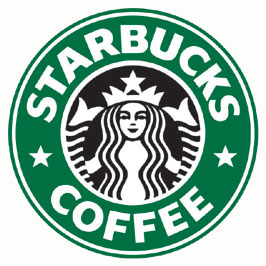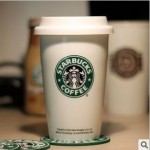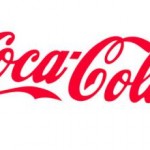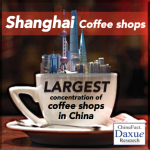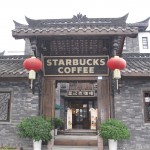Marketing Research: Starbucks in China
Marketing Research: Starbucks in China
More about coffee market in China
Starbucks in China. Business Week and Interbrand have listed the top 100 global brands (market study in China) and Starbucks Coffee ranked in at 91st overall thanks to its $3 billion brand value. The company has spread its business to many countries over the past 30-years. Starbucks entered China’s market through franchising and joint ventures. With an increase in profits in the Chinese market, the company realized that it could gain more control over its partners in China. Therefore, Starbucks gradually changed its business model in China.
Tea Shops in China
Tea and coffee compete directly in the Chinese drinks market. With a reputation as a coffee brand, Starbucks faced a serious crisis. Thus, the company decided to open some tea shops in addition to its regular coffee shops. The company realized that drinking tea was part of the Chinese culture and saw it as an opportunity to expand its business rather than simply looking at it as direct competition for its existing products.
Festival foods in China
In order to enter the festival market in China and satisfy the taste and demanding of Chinese consumers, Starbucks released Starbucks mooncakes and Starbucks zongzi in recent years. In the first year of its existence, the mooncake did not sell very well. But from the second year onward, Starbucks combined the mid-autumn festival theme with its coffee culture, creating a new kind of mooncake called the coffee mooncake.
Cups in coffee shops in China
Starbucks not only sells coffee, tea, coffee beans, and mooncakes but also sells cups. Its tumbler cups and coffee mugs are very popular in China, which is often sold out in couple weeks. All throughout China, cups with the Starbucks logo are everywhere. The market for Starbucks’ cups has already spread from white-collar workers to students. Cups of Starbucks are broadly classified into two categories, tumblers, and mugs. It can also be classified by themes, which are charm-logo cups, city cups, thematic mugs, etc. In 2004, Starbucks released a type of city cup with designs based on Chinese cities. Many big cities like Shanghai, Hong Kong, and Beijing designed their own mugs and mini cups.
Starbucks entered the Chinese market in 1999. The company targeted young consumers in China and it predicted that the changing lifestyle of young people in the country would increase their demand for coffee. Wang Jinlong, CEO of Starbucks in China said they aimed to reach two targets. The first was to create a new kind of place and bring a unique environment to the Chinese lifestyle. The second was to combine Chinese tastes with products from Starbucks to give Chinese consumers something new while maintaining a level of familiarity.
In summary, Starbucks in China employed a very successful marketing strategy when entering the country. It was creative and innovative enough to successfully integrate a foreign brand into Chinese culture.
Daxue Consultant China
Sources:


